Fujifilm X100VI vs Fujifilm X100V: 5 reasons to upgrade, and one big reason why you shouldn't
Should you upgrade to Fujifilm's new X100VI, or stick with its predecessor, the X100V?
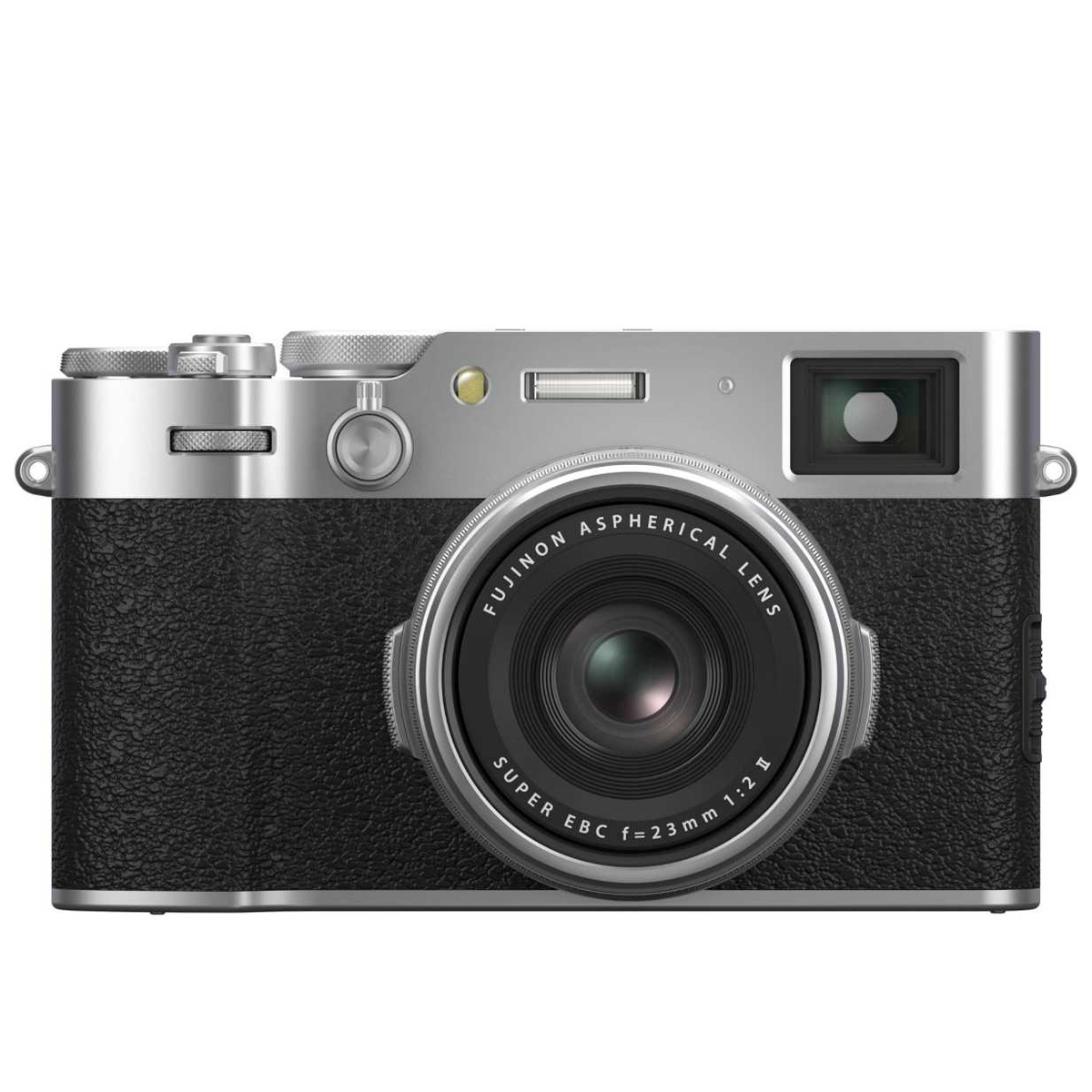
The Fujifilm X100VI oozes retro appeal and boasts a beautiful 23mm f/2 lens. The inclusion of in-body image stabilization and a 40MP sensor, along with improved autofocus and better video, make this a formidable camera. These changes represent a sizeable upgrade on its predecessor, the X100V, and cement its position as one of the best compact cameras around at the moment.
Pros
- IBIS up to 6EV
- 40MP sensor
- Improved autofocus
- 20 film simulations
Cons
- Pricier than previous models
- Lens filter for full weather-sealing still not included
- Single UHS-I card slot limits the new powers
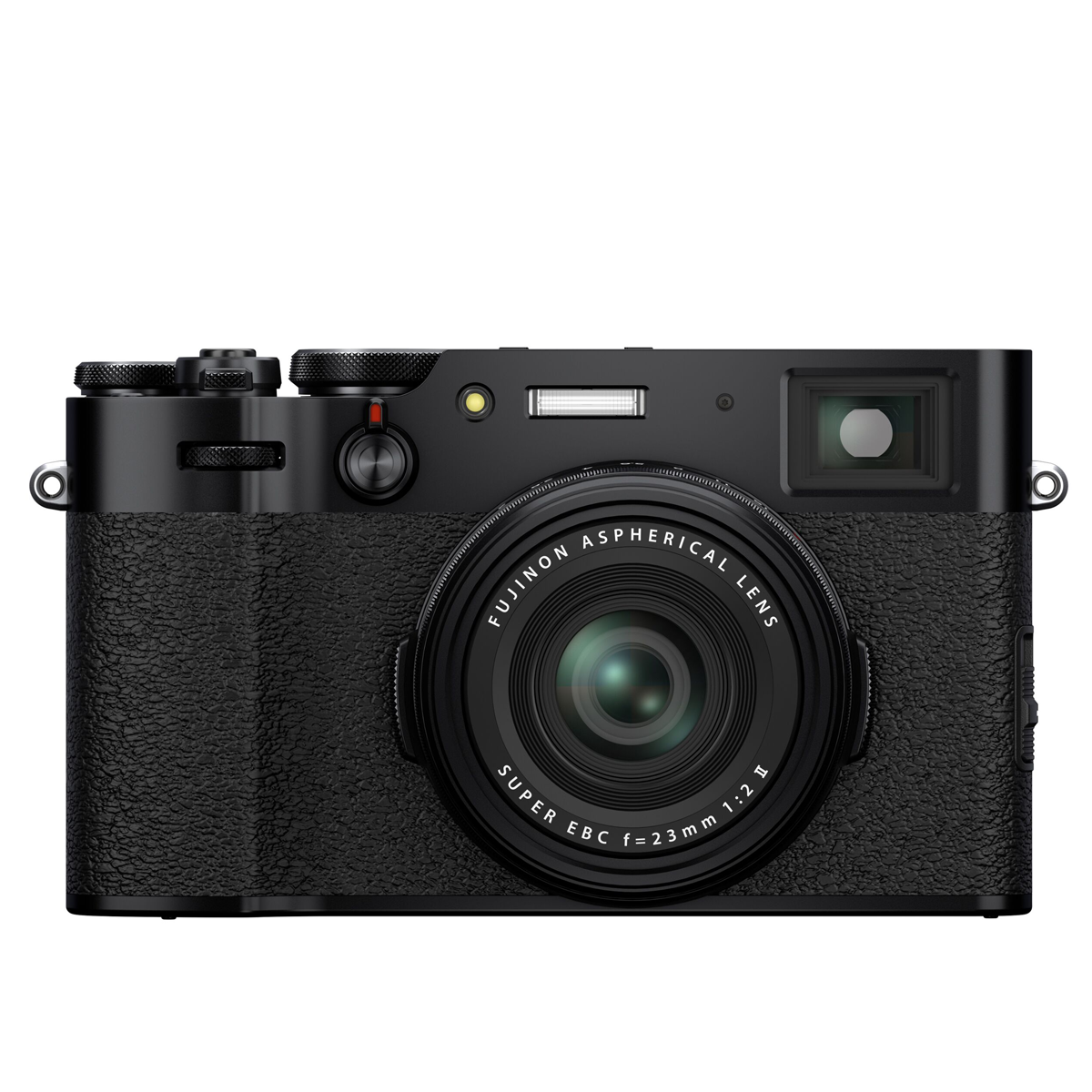
The Fujifilm X100V marked a significant step forward for the X100-series and quickly became one of the best compact cameras on the market. A new version of the 23mm f/2 lens, new tilting screen, better autofocus system, and unique hybrid viewfinder combined in a superb everyday camera and travel companion. It is possible to get this model for less than the newer X100VI, but you'll miss out on the 40MP sensor and in-body image stabilization.
Pros
- Superb hybrid viewfinder
- Retro design
- Useful tilting touchscreen
- Super sharp lens
Cons
- Lens filter for full weather-sealing not included
- Pricey for a fixed lens camera
The Fujifilm X100VI made its debut in February 2024, exactly four years after its predecessor, the X100V, hit the shelves. We've been really impressed by the latest model, as you can read about in our Fujifilm X100VI review. We've even gone so far as to label it the best premium compact for most people.
We love the introduction of in-body image stabilization as well as a 40MP sensor – the former was absent in the X100V, and its sensor topped out at 26MP – that's two significant improvements right out of the gate.
Then there's the improved autofocus with Fujifilm's latest AI-powered subject detection and higher resolution 6.2K video with image stabilization. Fujifilm has improved almost every single spec on this camera. The X100V was far from lacking, though. Our Fujifilm X100V review describes it as a special camera that's the best of its kind.
But maybe we're approaching it all wrong. What if buying a camera like this is not all about features but rather about something more important, something connected to our experience of using it? If that's the case, then our benchmarks for upgrading take on a whole new form.
We're going to look at five reasons why you should upgrade and one reason why you definitely shouldn't. The decision of whether you should upgrade from the X100V to the X100VI is then firmly in your hands.
1. Why upgrade to the X100VI? In-body image stabilization
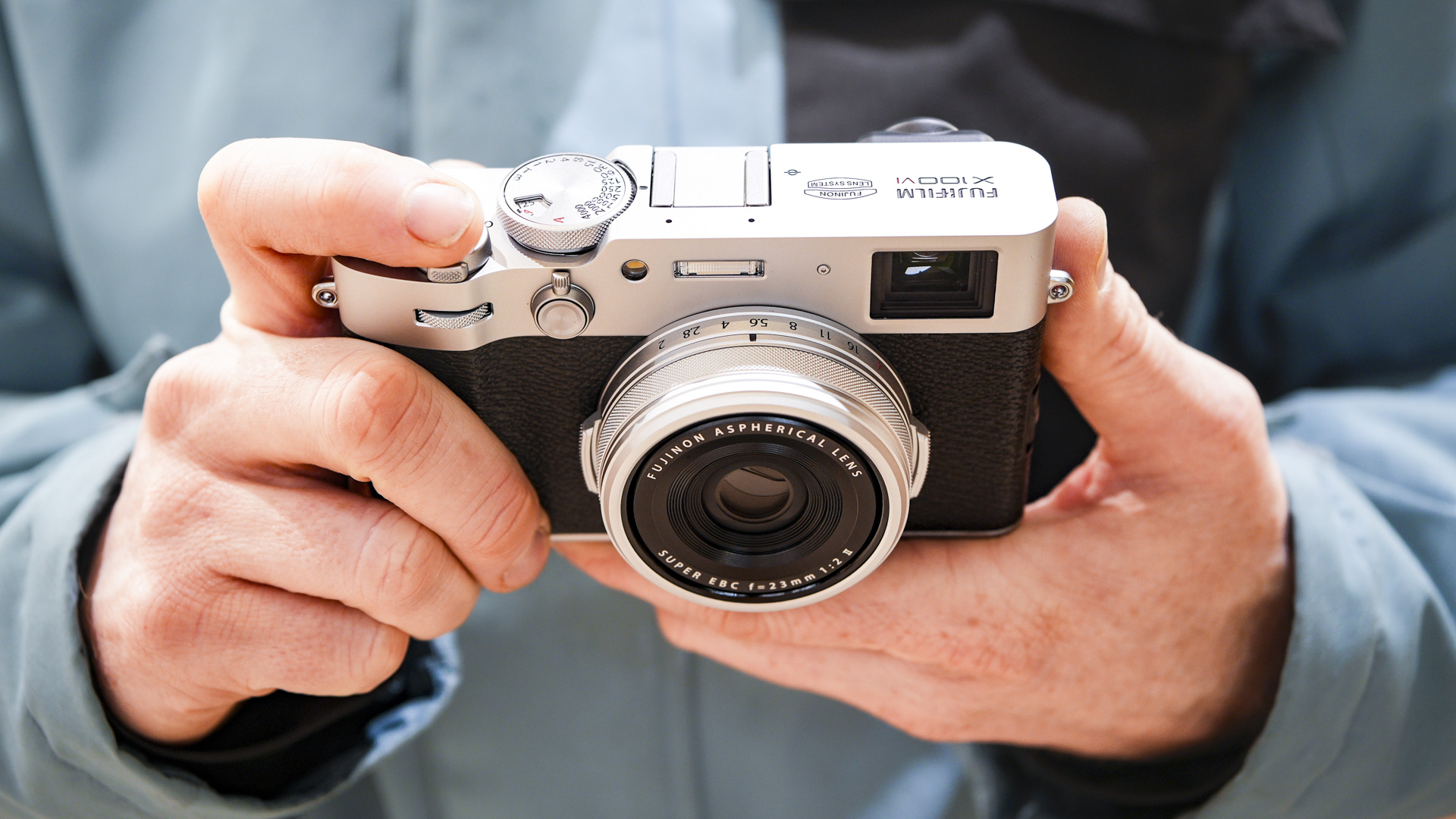
In-body image stabilization is a new feature for the X100VI that reduces the chances of photos coming out blurry and smooths out shaky handheld videos. It does this through a mechanism inside the camera that moves the sensor to compensate for any camera movement that occurs during exposure. This feature is a must-have for many photographers and filmmakers alike, and the inclusion of it in the X100VI takes it to an unprecedented level of functionality.
Our hands-on test found that the in-body image stabilization was able to deliver great results down to a shutter speed as slow as 1/4 second. This comes in especially handy with low-light shots where you need to get as much light onto the sensor as possible. Unfortunately, all of this performance comes at the cost of the battery, although the battery life is better than its predecessor.
Sign up for breaking news, reviews, opinion, top tech deals, and more.
The lack of in-body stabilization on the X100V meant users were turning to gimbals and tripods to avoid blurry photographs and footage. This is far from ideal for a compact camera, especially one whose target market includes travel photographers.
2. Why upgrade to the X100VI? Higher resolution 40MP sensor
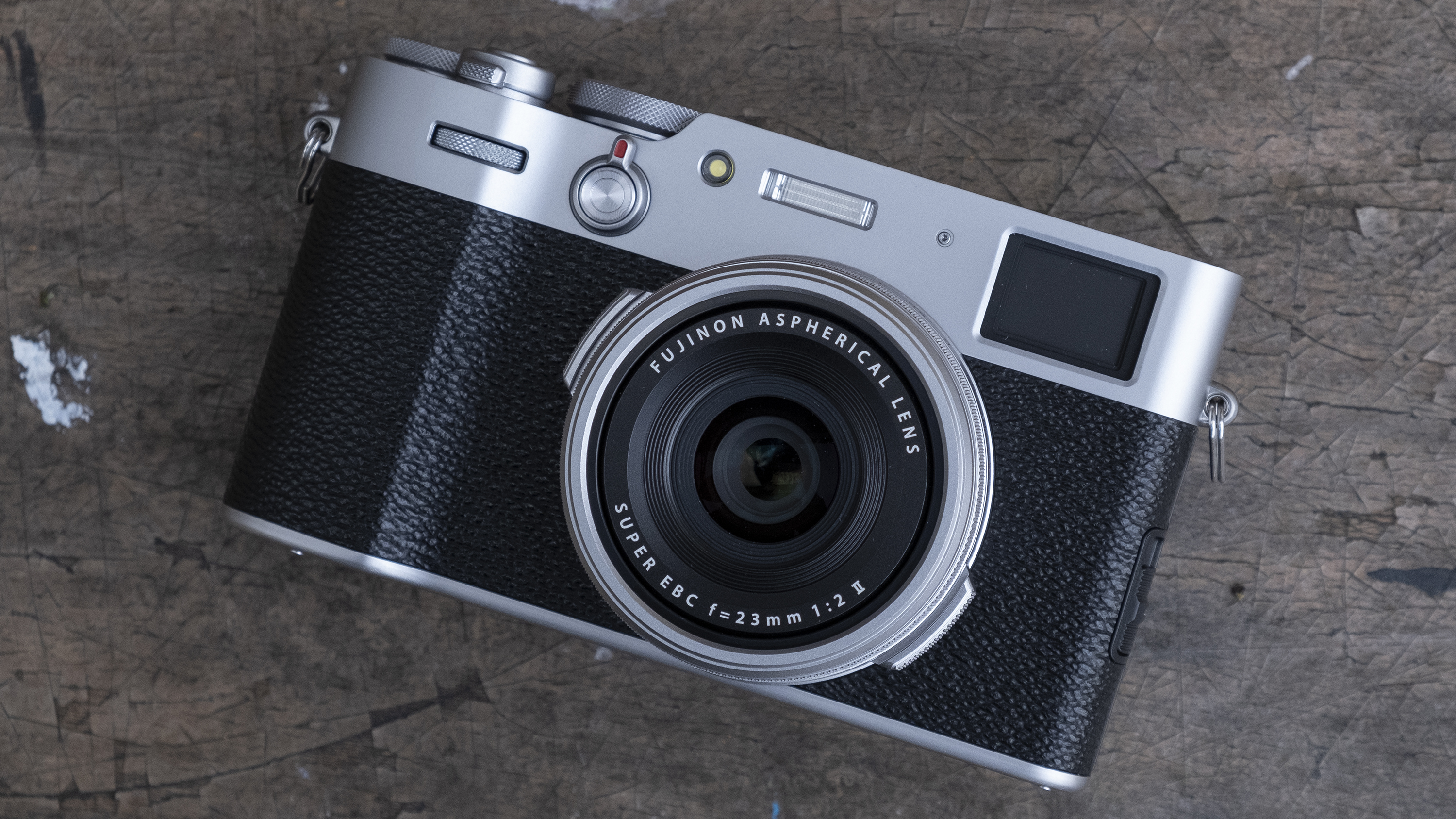
The 26MP sensor on the X100V has been completely overshadowed by the 40MP sensor that is in the X100VI. It's still an APS-C sensor, but the additional megapixels provide greater versatility when it comes to cropping images in post. In essence, the more megapixels, the more data, and the greater a crop can be without losing too much resolution.
The increased number of megapixels also provides 'digital teleconverter' functionality for 50mm and 70mm crop modes. These crops are not the same as having specific prime lenses for those focal lengths, but they certainly provide a nice level of flexibility.
One of the other benefits of this new 40MP sensor is that it allows for larger-format printing. The increased number of megapixels results in higher quality detail, especially when blowing photos up to a larger size. A potential downside to the X100VI's increased resolution is an adverse impact on low light image quality.
3. Why upgrade to the X100VI? Improved autofocus
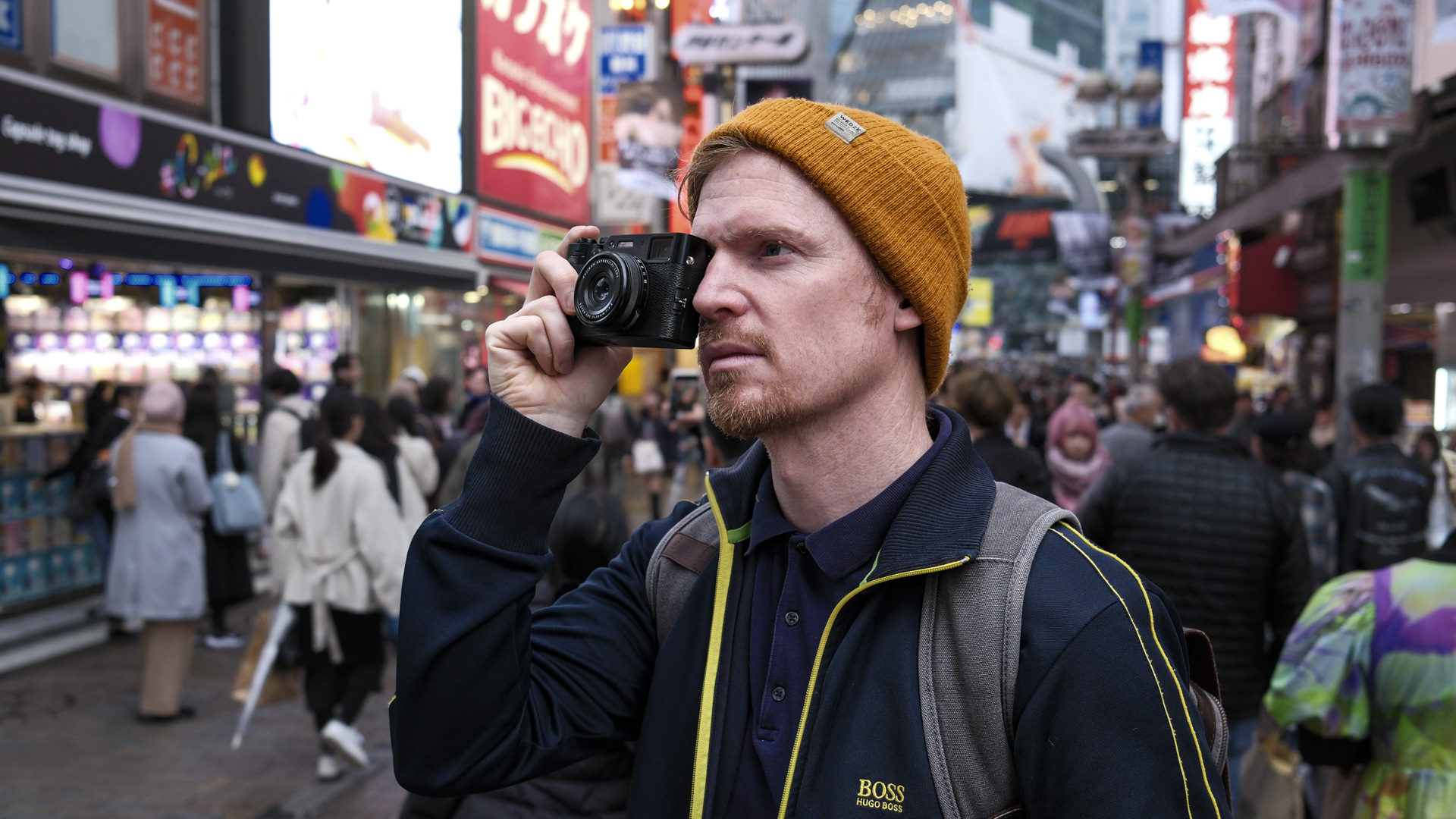
The X100V had a snappy autofocus system, but it's nowhere near as good as the new AI-powered system found in the X100VI. This technology includes subject-detection for people, animals, birds, and vehicles, making it more effective than ever before.
The autofocus tracking across both photo and video recording delivers reliable and predictable results, even in some of the more demanding situations. It's no sports-camera but can be relied upon when travelling around or taking snaps when on holiday.
All of this leads to better image quality across the board. There's nothing worse than downloading your photos only to find half of them are out of focus. Being able to acquire sharp focus along with in-body image stabilization makes for great results much more of the time.
4. Why upgrade to the X100VI? Better video
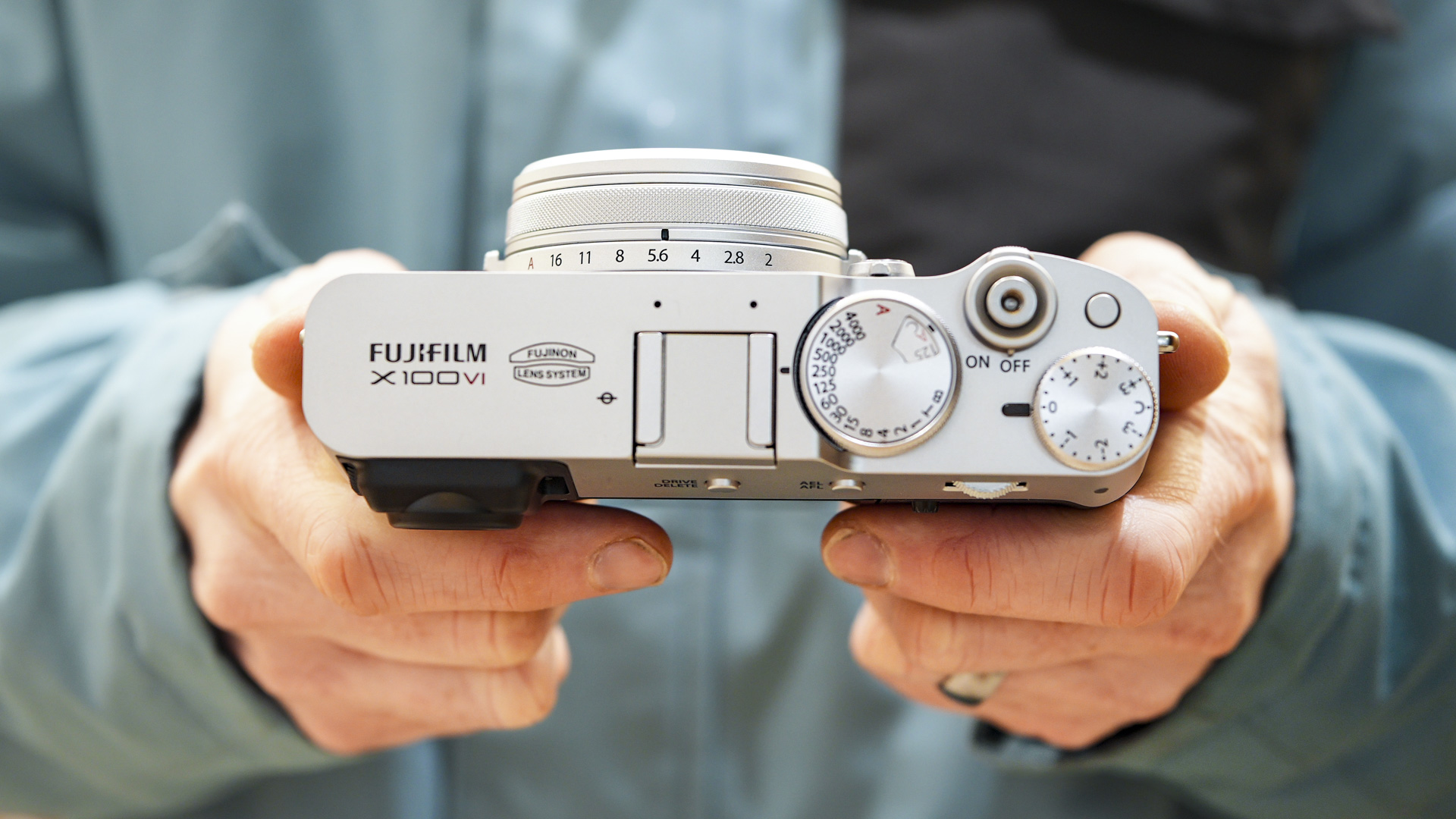
Video resolution has shot up from 4K on the X100V to 6.2K on the X100VI. Most videographers won't require output at this size, but it does increase the amount of cropping that can be achieved in post. For example, a Full HD output can be taken from a relatively small part of the recorded 6.2K frame.
This type of cropping really comes into its own when you want the little details or are recording interviews where you might want to cut between wide-angle and close-up. This technique is not as effective as having two cameras with two lenses, but it does help to keep the camera setup noticeably slim.
Video bit rates are improved too, including a new 10-bit and 200Mbps output. Fujifilm's log color profiles for video help maximize the camera's wide dynamic range.
5. Why upgrade to the X100VI? More film simulations
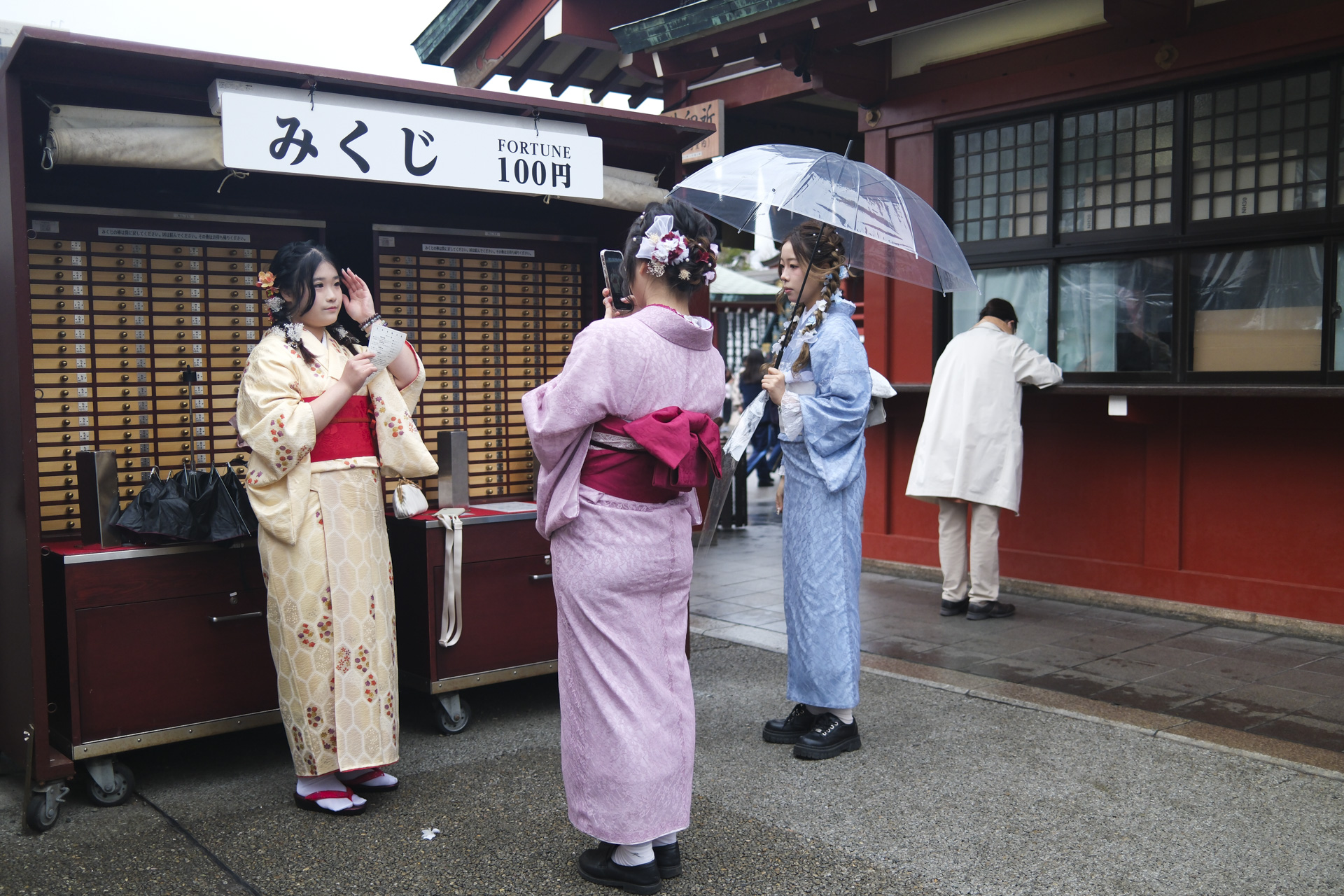
The X100VI now includes Fujifilm's full range of 20 film simulation modes. Some of these modes were available with the X100V, but now we have some new ones too. The advantage of having such a large number is that it makes it really easy to get the exact style you want.
These simulation modes take advantage of the dynamic range offered by the camera and include six black-and-white looks as well as the latest Reala Ace. There are also lens-filter effects that are ideally suited to accentuating specific tones, such as 'green' for bringing out skin detail.
Another nice feature here is the ability to record using multiple film simulation modes. This is made possible with the bracketing mode, which allows a maximum of three at any one time.
Why should you stick with the Fujifilm X100V? The retro feel hasn't changed

After five solid reasons to upgrade, you might be wondering whether there are any reasons to stick with the X100V. In almost every way, the latest model in the X100-series of compact cameras is better; it has superior hardware, more features, and a higher resolution across both photo and video.
But these are not always the most important when considering the purchase of a camera, and they're not the reason a lot of people love the X100-series. Those who have had the joy of using any model in the series, including the X100V or the X100VI, will talk about the shooting experience over features. An X100 camera looks great, feels superb in the hand, and is a true everyday camera that you want to shoot with.
The big appeal of this line of cameras is how it makes you feel—the unique viewfinder—and that's the same whether you go for the latest model or its predecessor. Now that the X100VI is available to buy, we might just see secondhand X100V's appear at major retailers for a more reasonable cost, lower than the X100VI. If you've decided those big five reasons to upgrade to the X100VI don't matter to you, it could be worth waiting it out for secondhand X100V's to go down in price.

Paul is a digital expert. In the 20 years since he graduated with a first-class honours degree in Computer Science, Paul has been actively involved in a variety of different tech and creative industries that make him the go-to guy for reviews, opinion pieces, and featured articles. With a particular love of all things visual, including photography, videography, and 3D visualisation Paul is never far from a camera or other piece of tech that gets his creative juices going. You'll also find his writing in other places, including Creative Bloq, Digital Camera World, and 3D World Magazine.